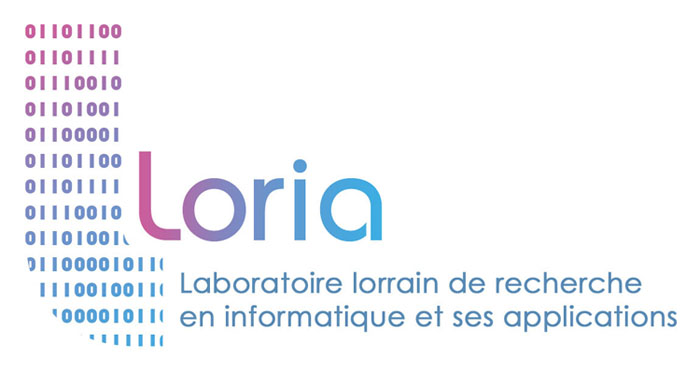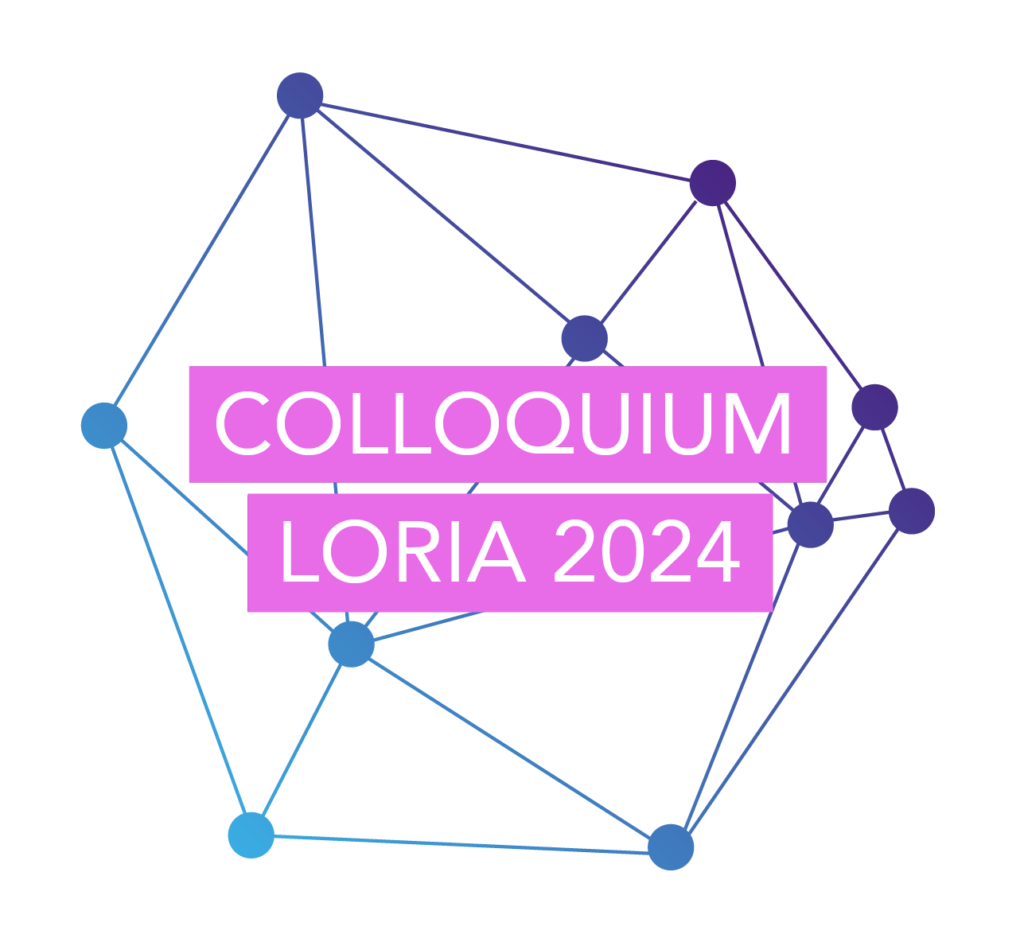NEURORHYTHMS
Department 5 : complex systems, artificial intelligence and robotics
Team leader : Laurent Bougrain
Tél. : +33 3 54 95 20 54
Mail : laurent.bougrain@loria.fr
Presentation
Neuronal electrical activity in the brain, spinal cord and sensory structures generates what we call “rhythms”. These rhythms are involved in numerous brain functions such as perception and motor coordination (including interaction with a human being or robot), cognition (states of wakefulness, memory consolidation…) and emotions. Excessive or deficient oscillations or synchronizations can also be linked to neurological disorders. Thus, studying normal and pathological rhythmic activity is essential for a better understanding of Parkinson’s disease, tremors, epilepsy, neurological disorders… and for proposing neuronal interfaces to regulate the nervous system or improve functional recovery, for example for stroke or amyotrophic lateral sclerosis patients.
Thematic areas
-
The study of neural rhythms requires i) the construction of realistic models ii) validation by experimental data recorded in humans and animals, or by interactions with the real world, including humans or robots.
Collaborations
- University hospital of Nancy, Regional Institute for rehabilitation of Nancy, University hospital of Rennes, University hospital of Toulouse, University of Caen
- Orange Innovation, Noviga
- Technical university of Kyushu (Japon)
- University of Houston
Keywords
Computational neuroscience, brain-machine interfaces, humain/humanoid robots social interaction, biological neural networks, synchronization, brain signal analysis


